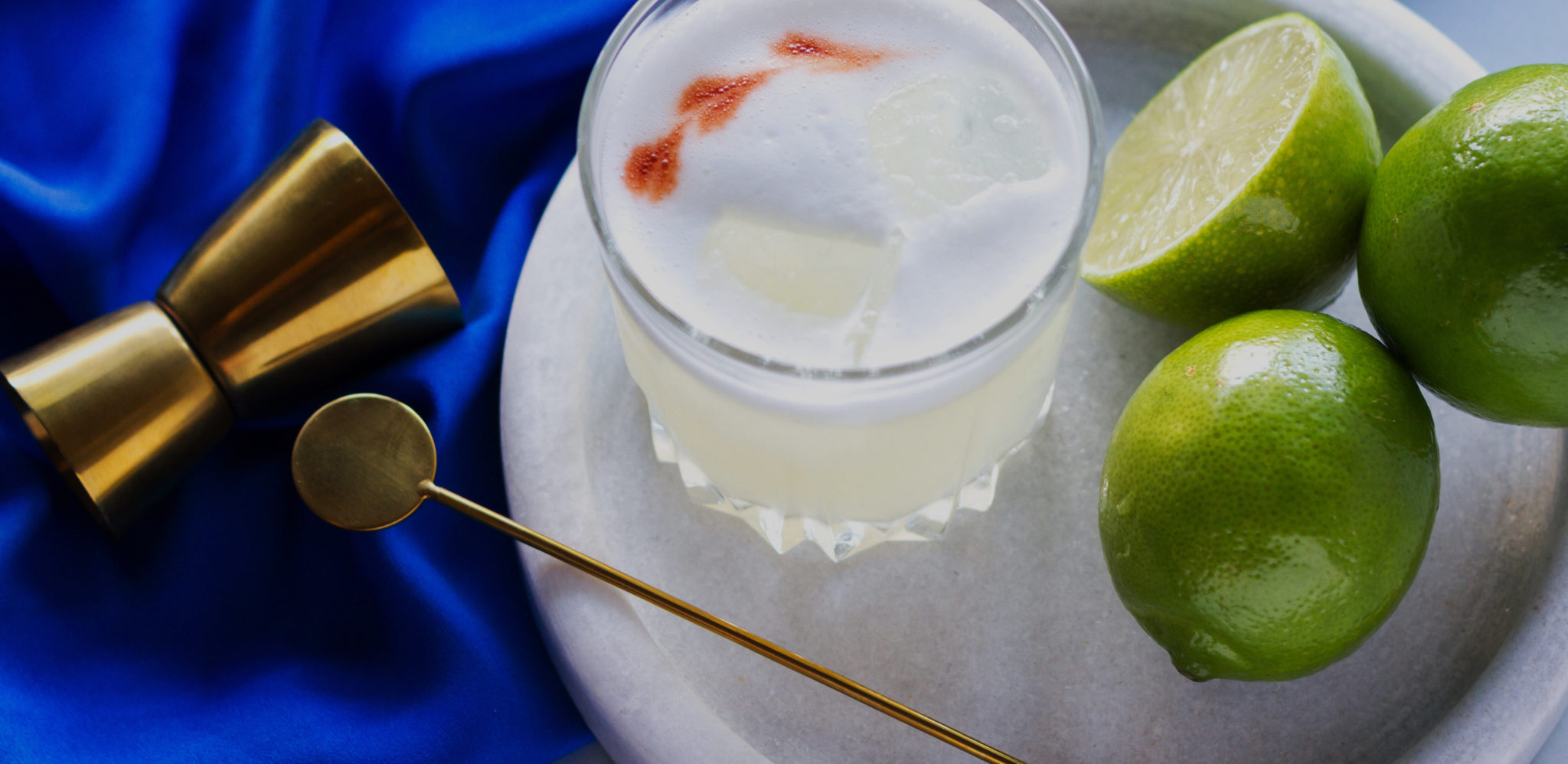Pisco, the National spirit of Peru, is rich in history and tradition
Each pisco expresses an incredible diversity of flavour based on the variety of grapes used, as well as the unique terroir and style of each bodega (the traditional Spanish name for a pisco distillery). As versatile as any spirit on earth, pisco can be used to create unique and flavourful mixed drinks and cocktails, and the best piscos can also be enjoyed neat or on the rocks.
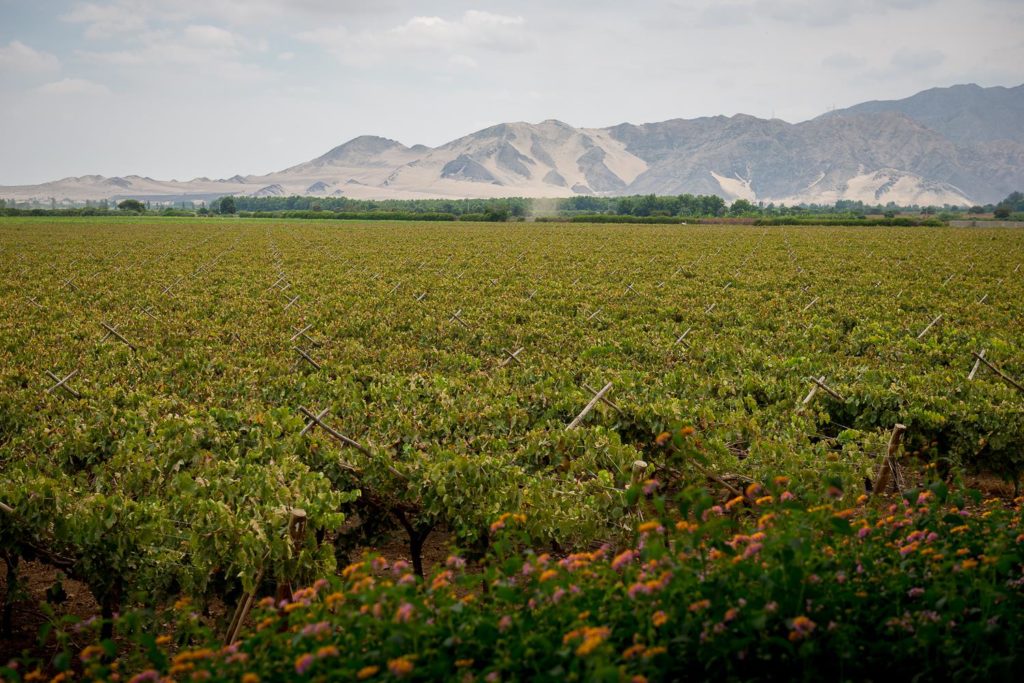
What is pisco?
Pisco is a flavourful grape-based spirit from South America. Made from 100% grapes, pisco is technically classified as a brandy, however, Peruvian pisco differs from all other brandies because it is not aged in oak barrels, meaning all the flavour comes from the grapes themselves instead of the wood. Pisco is also closely related to grappa, but differs because it is made from first pressing of fresh grape juice (must) rather than the leftovers of wine production.
What does the word ‘pisco’ mean?
The name ‘pisco’ comes from the Peruvian port city of the same name. Established more than 500 years ago, the Port of Pisco in the south of Peru was an important center for the export of Peruvian wine and grape-based spirits, however, the origin of the word itself comes from the native Quechua word ‘pisqu’, which means ‘little bird’. A Nazca tribe in the Ica/Nazca region who renowned for their pottery skills took the name ‘pisqu’ for their tribe (the bird tribe). The same name was later given to the valley where the potters’ lived, the river that ran through the valley, the Port town located at the mouth of the river and the bay around the port town. Over time, pronunciation of the Quechua word changed to ‘pisco’ and the spirit produced and exported from the region took on the name of the Port of origin, which was ‘Pisco’.
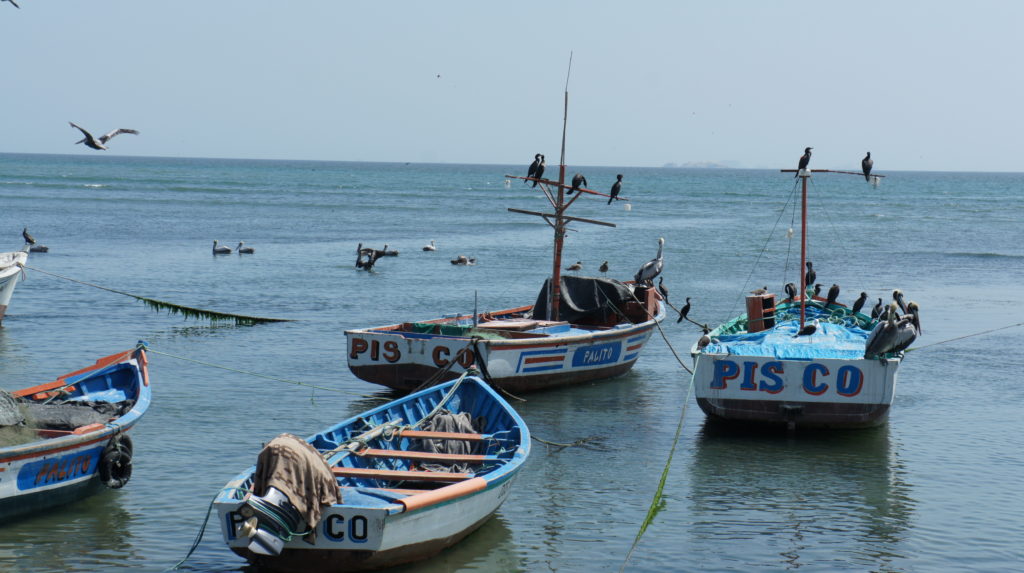
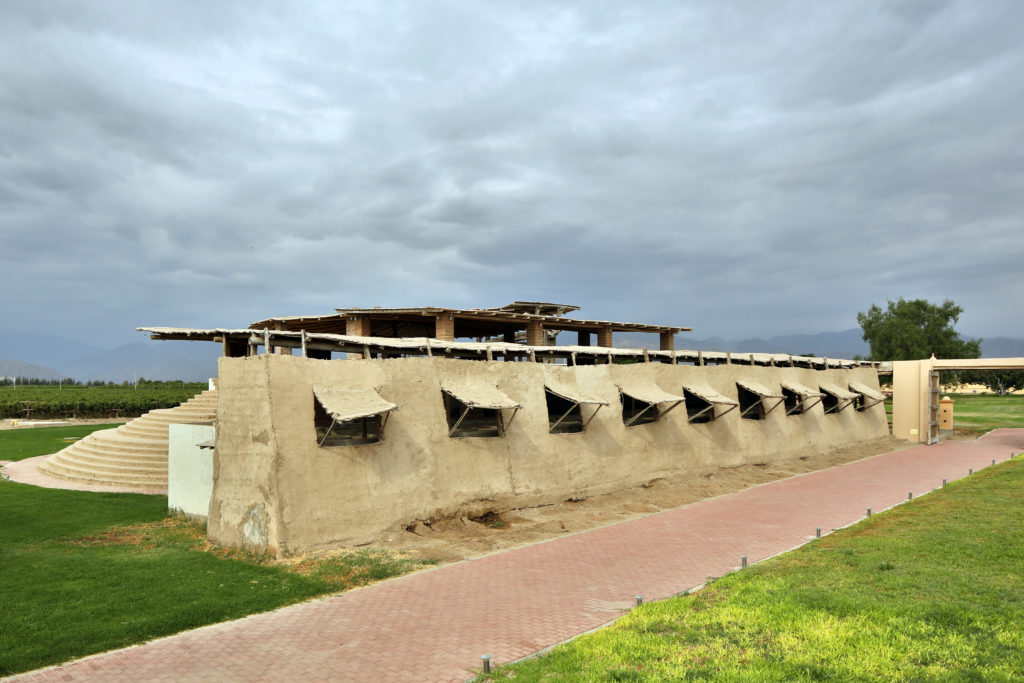
What rules govern the production of pisco?
Pisco is regulated by a strict denomination of origin. The Denomination of Origin (DO) establishes the legal standards that specifies grape varieties that can be used, the coastal regions where those grapes can be grown, and details the production processes that must be used. The DO lists the 5 regions and the 42 coastal valleys where the grapes can be harvested from, with the actual pisco grape growing area representing a tiny part of the total country. Peruvian pisco must be made using the same traditional methods of production introduced more than 400 years ago, and no additives of any kind – not even water – are allowed at any stage of the production process.
What styles of pisco are made?
There are three styles of pisco that can be produced in Peru.
- Pisco Puro: This is the broad term for pisco made from a single variety of grape. You won’t see the word ‘puro’ on the label, just the name of the grape variety used (refer to grape varietals on the following page for a full list of the eight grape varieties).
- Mosto Verde: This means ‘green must’ and refers to piscos distilled from a partially fermented young wine. This style tends to have a greener, richer flavour, greater texture, and producing a super premium style of pisco.
- Acholado: This term refers to piscos made from a blend of various grape varietals. Acholados can be made with any combination of two or more types of grape. Pisco may be blended from either a combination of Pisco Puro or Mosto Verdo styles, but never both.
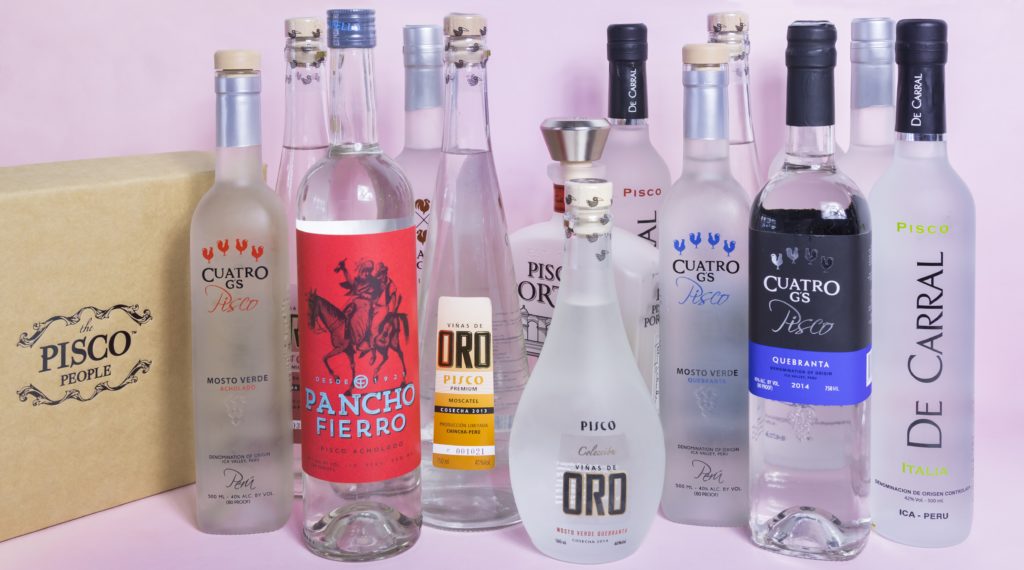
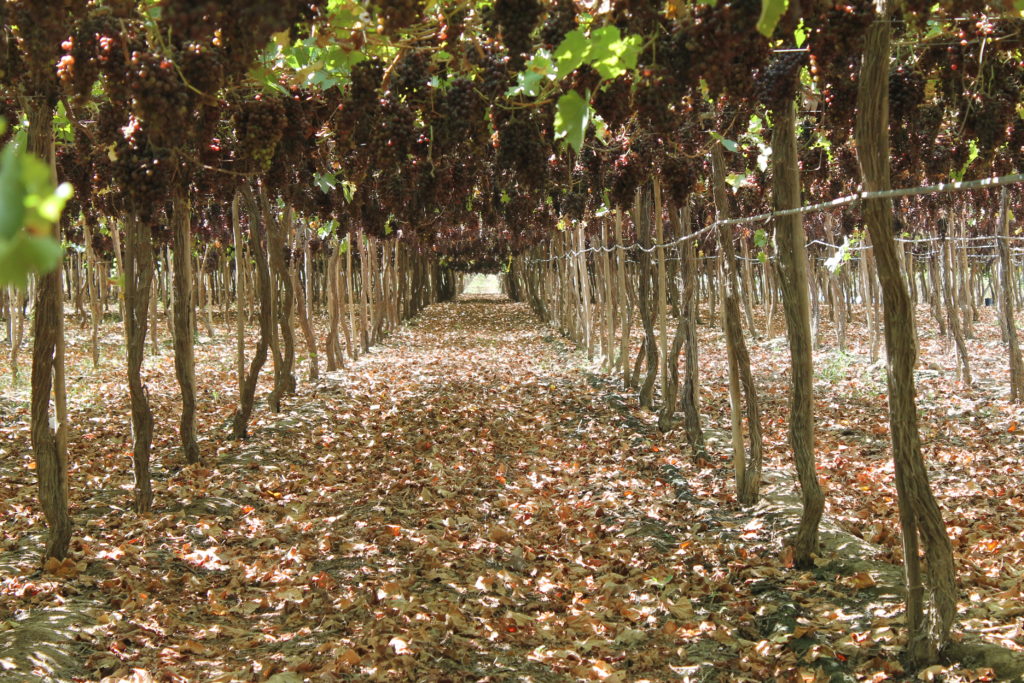
What grape varieties are used?
There are eight grape varieties that can be used to make Peruvian pisco.
These can be divided into the two broad categories of ‘aromatic’ and ‘non-aromatic’. As the name implies, aromatic grapes tend to be brighter and have a more obvious nose but usually a lighter palate (think Sauvignon Blanc), while the non-aromatic grapes tend to have a less obvious perfume but more weight on the palate (like Chardonnay).
Non Aromatic: Quebranta, Negra Criolla, Mollar, Uvina
Aromatic: Italia, Torontel, Moscatel, Albilla
How is pisco made?
Pisco adheres to a 400 year old traditional method of production.
One of the things makes Peruvian pisco unique is that the grapes are hand-picked and only the first pressing of fresh grape juice is used, with all of the skins, seeds and stems being discarded. It is this practice that sets pisco apart from grappa and all other styles of brandy made from the leftovers of wine production.
The grape juice is then fermented in vats using the wild, naturally occurring yeast. This is a very special process for Peruvian pisco as most other spirits producers use lab–grown commercial yeast to increase their production yields.The fermented grape juice is then distilled in small batches, using brandy style copper alambique stills that have been used for hundreds of years.
Another remarkable thing about Peruvian pisco is that it can only be produced from a single distillation to create a product that is between 38% to 48% ABV. After distillation, the pisco must rest, or ripen, for a minimum of three months stored only in vessels that will not influence the flavour or aroma,with no wooden barrels used at any stage of the production process.
No colouring, flavouring – not even water – are added at any time, and it is this purity that sets these pisco apart from other spirits.
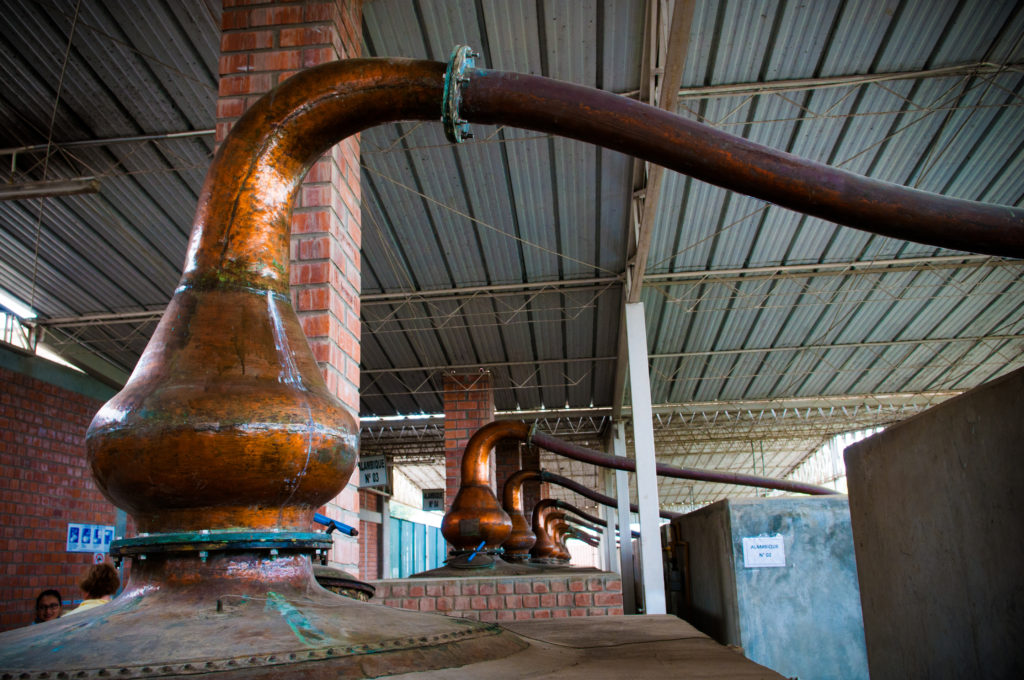

How do I read a pisco bottle label?
Pisco must adhere to country approved product labelling standards.
Pisco labels can be hard to understand, especially if you’re not a Spanish speaker! At The Pisco People, we list our products starting with the name of the brand or distillery (like ‘Cuatro G’S’ or ‘De Carral’), and then the style of pisco. Each distillery will usually make multiple styles of pisco.
Here are some examples to help you understand what the label means:
- A pisco labeled simply with the name of a grape varietal, for example ‘Quebranta’, is a puro style made with 100% of the single grapes variety that is named. In this case that would be 100% Quebranta grapes. You will almost never see the word ‘puro’ on the label.
- A pisco labeled with the word ‘Acholado’, is made from a blend of two or more of the eight pisco grape varieties.
- A pisco labeled as ‘Mosto Verde’ and then the name of a grape variety, for example ‘Mosto Verde Italia’, is a Mosto Verde style made only from Italia grapes.
- A pisco labeled ‘Mosto Verde Acholado’ is made in the Mosto Verde style but with a blend of two or more different grapes.


